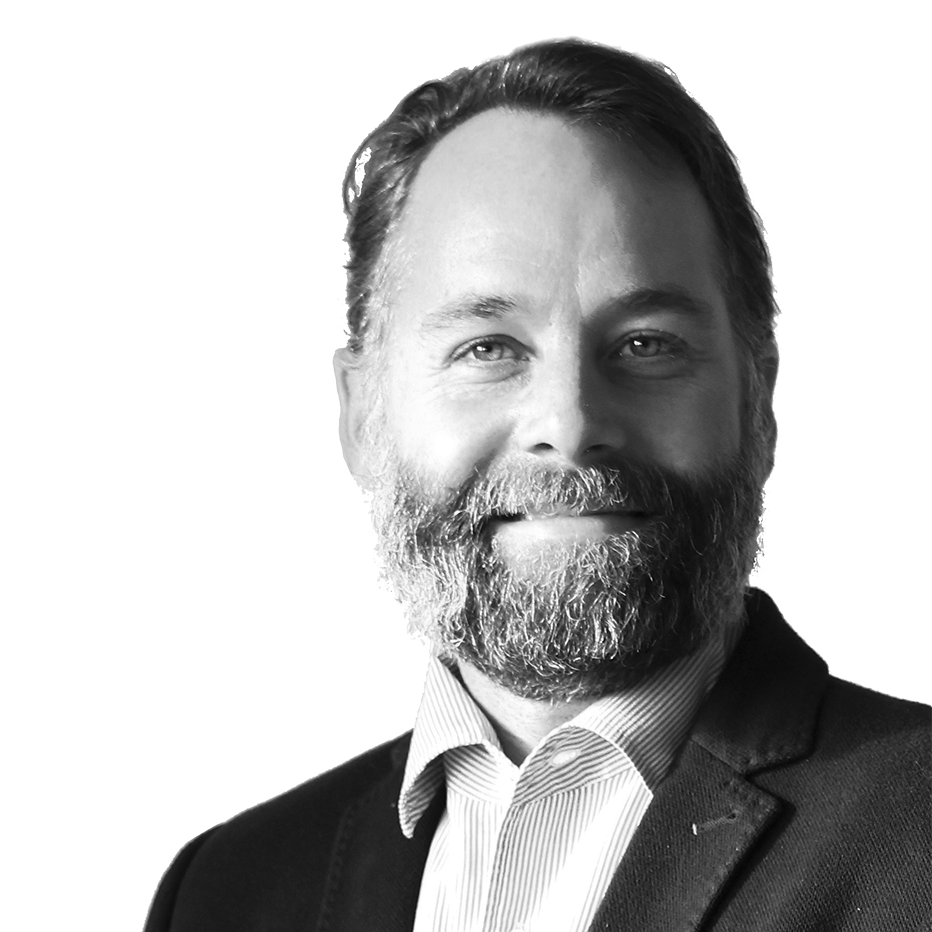
Competences
Project management - General planning
• Operational and financial planning, coordination and support in the planning, tendering and execution phases.
• Experience in intersection management for large-scale projects.
Technical development of complex projects
• Specialised in the realisation of building projects : design, technical elaboration and site supervision from preliminary planning to final handover, even under challenging conditions.
Transdisciplinary approach and project spectrum
The dual education combined with a solid experience in both infrastructure and building construction allows him to approach the design of structures for different uses in a cross-disciplinary way :
• Civil engineering structures, in particular bridges.
• Public buildings, especially railway stations, cultural facilities and schools.
• Residential, office, commercial and mixed-use buildings.
• Industrial buildings.
• Single-family houses.
• Contribution to urban infrastructure projects for public transport hubs and rail infrastructures.
Experienced in Digital Engineering
• Creation of parametric models for computer-aided optimisation of buildings and structures with complex geometry.
• Development of programmes to support project development and management or automation of tasks, which is particularly useful for large projects.
• BIM and CAD management.
Committed to sustainability
Both the social and the ecological dimension of sustainability, have been the focus since early student days.
In-depth research in the field of social psychology and proxemics lead to the master's thesis "Experiencing Neighbourhood - Looking at the collective distribution spaces from the Perspective of Psychosociology". It explores the interaction between space and social behaviour, as well as its influence on well-being in the social environment.
In addition to the spatial configuration of the circulation areas and their connection to the public space, important aspects of structural quality, such as acoustic insulation in housing, are also considered in the study.
Bioclimatological aspects, the consideration and utilisation of the influence of physical climatic variables on the built living space, inside as well as outside, play a significant role early on in the development of initial projects such as the house in Martinique (2003) or another student project in Provence (2005).
Enthusiasm for materials and their transformation
The arts of material transformation, in particular that of wood, iron and earth, have always been a passion.
A theoretical as well as practical approach, the exchange with master craftsmen as well as a number of own realisations, have allowed to develop a sensitivity for the material and a knowledge of numerous transformation processes which nourish the creative process and support the intention to give each stroke its right weight.
Languages
Written and spoken fluently:
Good comprehension : •Spanish, •Italian
Notions of : •Arabic
Educational pathways and diplomas




